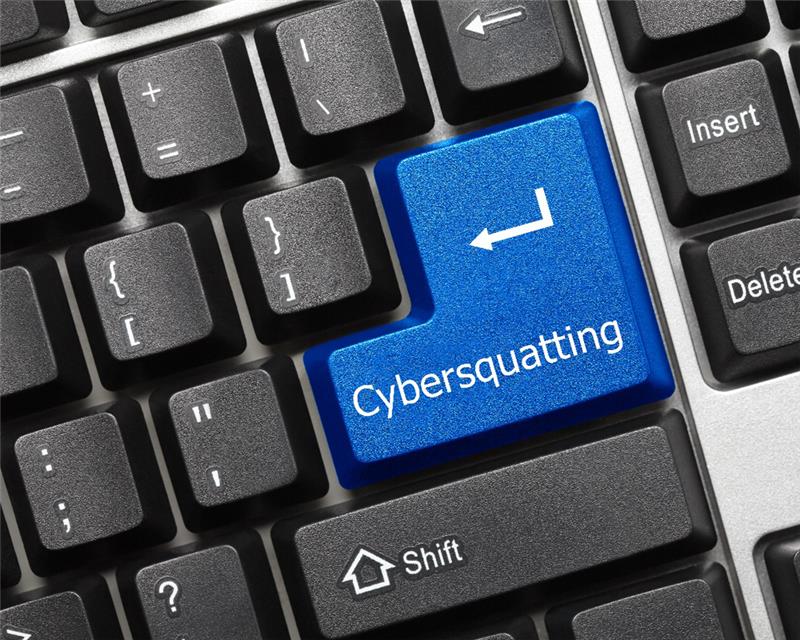May 16, 2025 By: JK Tech
In this digital age, a company’s web presence is as important as its products or services. Unfortunately, this also means it’s more vulnerable to cyber threats, and one of the oldest and still persistent threats is cybersquatting.
Cybersquatting happens when someone registers domain names that look just like or are very similar to real ones, aiming to make money from another party’s identity or fame. Although it’s not as widespread as it once was, it continues to cause considerable damage. In fact, the World Intellectual Property Organization (WIPO) handled 6,200 cybersquatting cases in 2024 alone.
What Exactly is Cybersquatting?
At its core, cybersquatting is the act of claiming a domain name associated with a trademark, brand, or public figure without authorization. The motive could be to sell the domain back to the rightful owner for a profit, deceive users into visiting the site for phishing or data theft, or simply to damage reputations. These fake sites can host harmful content, sell fake goods, or trick people into giving away private info, all while hurting the real brand’s trust.
Types of Cybersquatting
Not all cybersquatting is the same. There are multiple methods which are considered.
-
Typosquatting: In this case, the squatter will register domains that are only a few letters off such as “Gooogle.com” instead of “Google.com”. Most of these websites aim to gather information or install harmful software to unsuspecting visitors.
-
Name Jacking: In this case, public figures are the most sought after individuals, as their names and domains are kidnapped in order to spread false information, place spam, or damage other people’s lives.
-
Identity Theft: These domain squatters misleadingly modify the name of a legitimate company’s website, which users will most likely won’t pick up. Their website could be used as a means to steal personal details, financial details, or even precise them without the individual’s approval.
-
Reverse Cybersquatting: This is a more strategic tactic where someone registers a company with a name similar to a target brand, then claims the legal right to the domain, making it more difficult for the actual brand to reclaim it.
-
Domain Warehousing: Cybersquatters monitor domains nearing expiry and quickly register them if the owner fails to renew. They may then demand a high fee to return the domain or misuse it in the meantime.
Is It Illegal?
Yes. Most countries have legislation to combat cybersquatting. In the U.S., the Anti-Cybersquatting Consumer Protection Act gives a legal way to get domain names back and ask for damages. On the world stage, groups like WIPO can step in if someone registers and uses a domain in bad faith when a real trademark is at stake.
How to Protect Your Brand
Prevention is always better than a cure, especially when it comes to cybersquatting. Here’s how businesses can safeguard themselves:
-
Register multiple variations of your primary domain name, including common typos and different top-level domains (.com, .net, .org, etc.).
-
Get international domain extensions (.in, .uk, .ca) if you operate globally.
-
Get a trademark for your brand name, which strengthens your legal case in domain disputes.
-
Use monitoring tools to keep an eye on similar or suspicious domain registrations.
-
Renew your domains on time, and consider signing up for longer terms to lower risk.
Final Thoughts
Cybersquatting may look like an old trick, but it has very real effects, from money losses to damage to reputation and legal fights. While the law offers some protection, the best defense is to take action. Companies that keep their eyes open, put money into domain protection, and move when necessary are in a much better position to keep control of their online presence.



